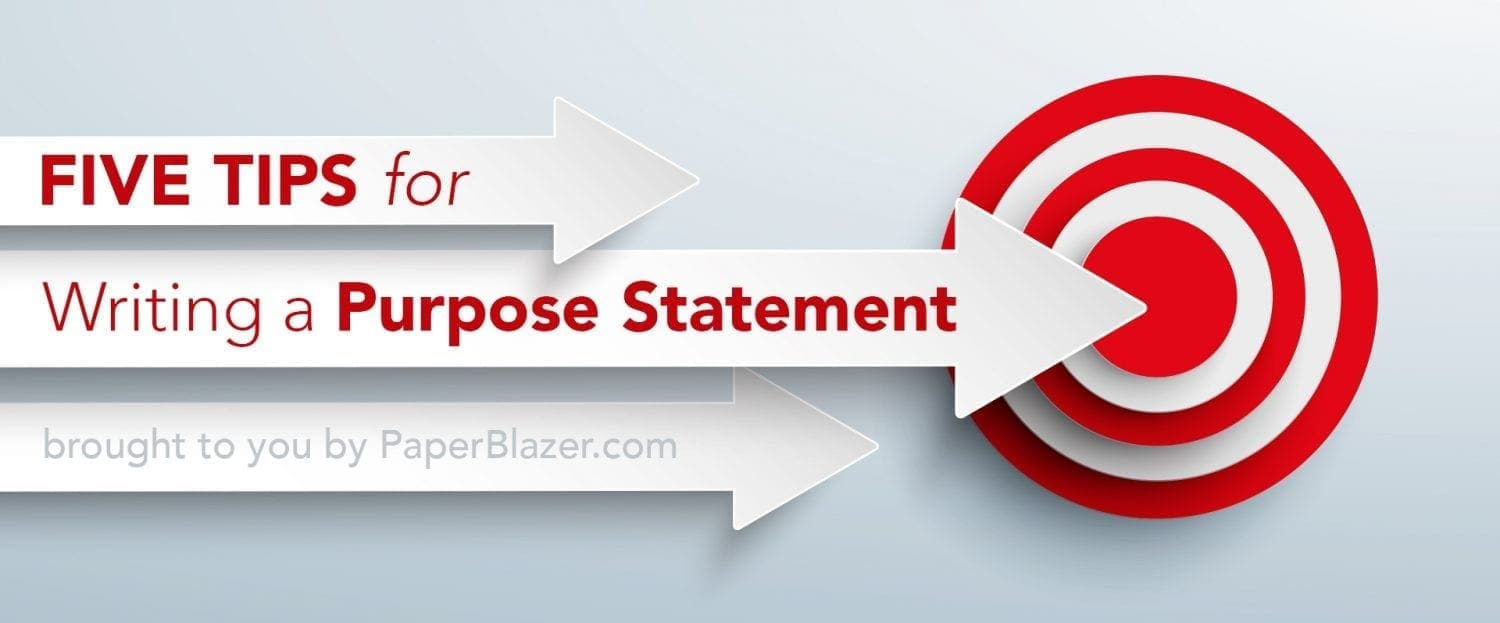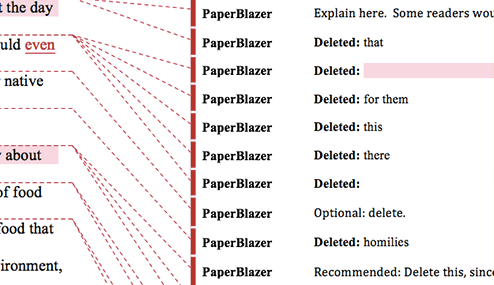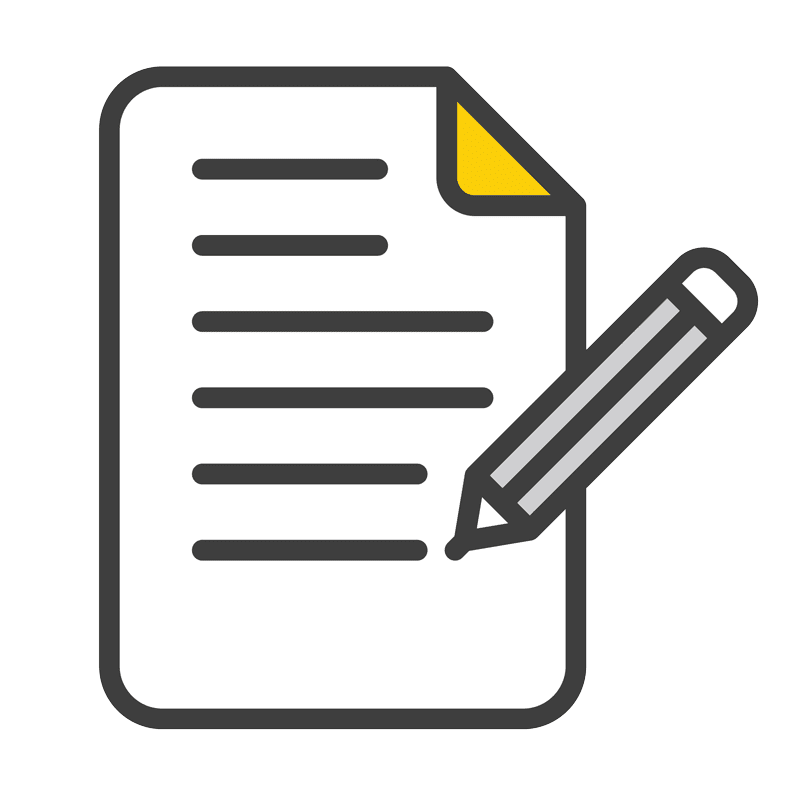Writing a Purpose Statement
Purpose statements are extremely important. Such statements express who and what you are. For that reason, they deserve careful attention — not only when writing but also when proofreading and editing.
Maybe you are a student applying for graduate school, or maybe you are a small business owner writing your “About Us” page. Whatever kind of purpose statement you may be writing, you need it to be effective. To help, we have collected five tips for writing purpose statements.
We have helped hundreds over writers in over 35 countries, so we’ve gathered a lot of expertise over the years. What follows are some ways to avoid the common errors and pitfalls. Think of these as the “5 Bs” of purpose statements.
1. Be purposeful.
As obvious as this sounds, know what you want to accomplish. Who and why is the purpose statement written? In asking that question, you’ll better know what to include and exclude. Have a goal in mind when you write a purpose statement. Sometimes the purpose can mean applying for a job, while other times, the purpose can be to introduce a company to investors. The point here, though, is that purpose statements can be shaped for different occasions and audiences.
2. Be direct.
The idea here is to be create a “target” — both for yourself and your readers. Do not beat around the bush, but be exact. State clearly what you want to accomplish. In many cases, you should be so direct that you are distinguished from other comparable attempts. In other words, say what makes your purpose unique from others.
3. Be concise.
Reduce your wording to what matters. Avoid tangents and non-essential information. In most cases, a purpose statement will be one sentence, one paragraph, or one page — depending on the context. While this may seem counter-intuitive — especially since “purpose” can feel all-encompassing — remember what concise writing accomplishes: fewer words show readers what matters most. Thus, using less text actually highlights more important points, while deemphasizing less important points.
4. Be passionate.
No one wants to read a boring purpose statement. If this is your “why” or rationale, then use emotion. In other words, the text should be energized. Of course, this does not mean telling a sad story, but it does mean using colorful verbs. Avoid words like “it” and “is” whenever possible. Instead, use vivid language that gets your readers excited about your purpose.
5. Be assertive.
Do not leave readers wondering how to respond. Say exactly what you intend and how reader(s) should respond. This may even mean a “call to action” at the end of your purpose statement. Rather than being wishy-washy or uncertain, your purpose should be action-oriented, practically implemented, and testable. You and your readers should be able to ask, “Is this purpose being fulfilled?” If that question cannot be answered, then the purpose statement needs to be more assertive.
If you need additional help, or if you would like us to check your work, click here to get started:
GET MORE HELP







